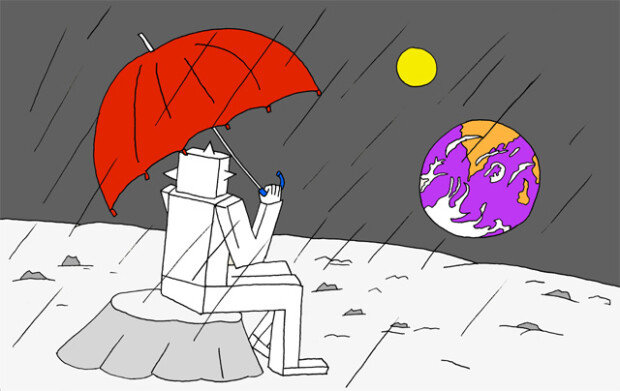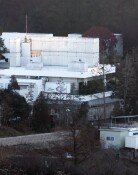Explanations for boy who cried wolf at weather agency
Explanations for boy who cried wolf at weather agency
Posted August. 28, 2020 07:58,
Updated August. 28, 2020 07:58


If some people are seen carrying an umbrella around with them on the subway even on a perfectly sunny day, then trust me, it is likely to rain. Smartphone apps tell you real-time weather conditions on an hourly basis and further forecasts. With a few clicks and swipes on the smartphone, you have access to any kind of real-time weather information based on meteorological satellite photos showing parts of clear skies, cloudy regions and northing typhoons around South Korea, China, Japan and Taiwan. Indeed, your smartphone is a small-sized weather satellite.
Artificial satellites are the forerunner of meteorological satellites. Back in 1957, the now-nonexistent Soviet Union launched the first-ever manmade satellite Sputnik 1 in history. As the National Aeronautics and Space Administration (NASA) of the United States started observing weather conditions by putting the TIROS 1 on a low-Earth orbit in 1960, it opened up the era of meteorological observation. It was not until 2010 that South Korea launched the first independently-made geostationary satellite COMS (Communication, Ocean and Meteorological Satellite), a.k.a. Chollian 1. At around 35,800 kilometers up from the ground, Chollian 1 made sure that five channels attached to a weather satellite keep track of weather and oceans to learn cloud movement, night-time fogs and wildfires, temperatures at sea and ground levels, yellow dust and cloud altitudes, vapor concentrations at the upper layers of the atmosphere, flows of the upper troposphere and wind directions, etc.
The key to weather observation lies in accurate and precise equipment, numerical models and competent experts. Meteorology is based on general rules of physics. Composed of five variables – mass, friction force, radiant energy and phase changes of vapor, a quintic function makes weather predictions. It may be too early say that artificial intelligence helps boost observation accuracy but it will surely do in the foreseeable future.
People sarcastically say that the Korea Meteorological Administration is just like the boy who cried wolf every time it fails to get weather forecasts right. Geographically, the Korean Peninsula is faced both with the continent and with the ocean, where cold air from the polar region and hot air from equatorial areas work to add up to more complexity and difficulty in weather forecasting. Moreover, global warming and its concurrent weather changes such as the ever-warming North Pole only increase uncertainties in the atmosphere.
If the Korea Aerospace Research Institute successfully launches a mid-sized satellite, which has been held back by the COVID-19 pandemic, it will provide accurate weather data to the ground post. South Korea's weather agency dedicates the utmost effort to its job. Even though its technological competence has ever been advancing so far, it may only fail to follow too-fast-to-catch changes on the planet. Given that Earth has a longer history than humanity, it may be harder to see through its mind than reading that of a person.







